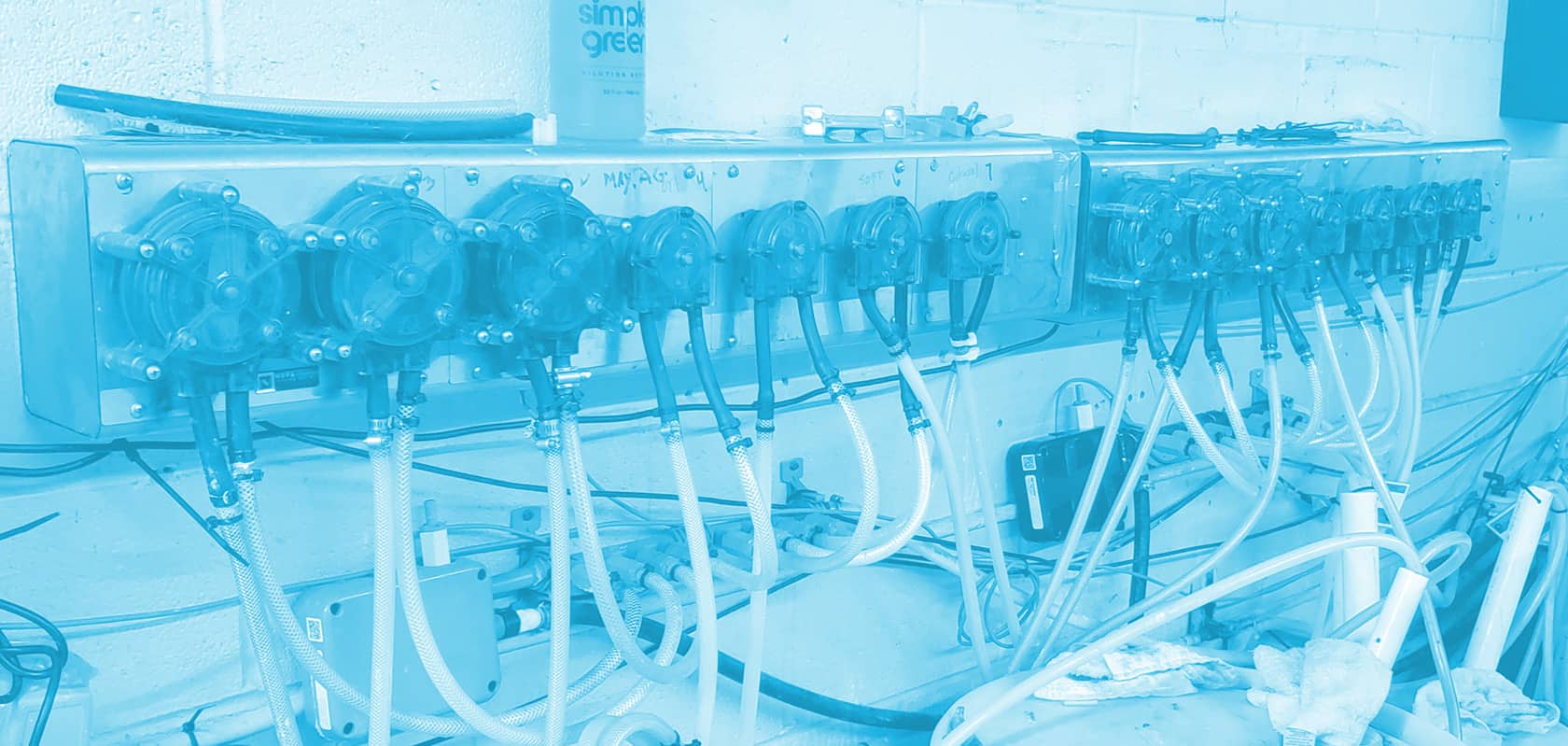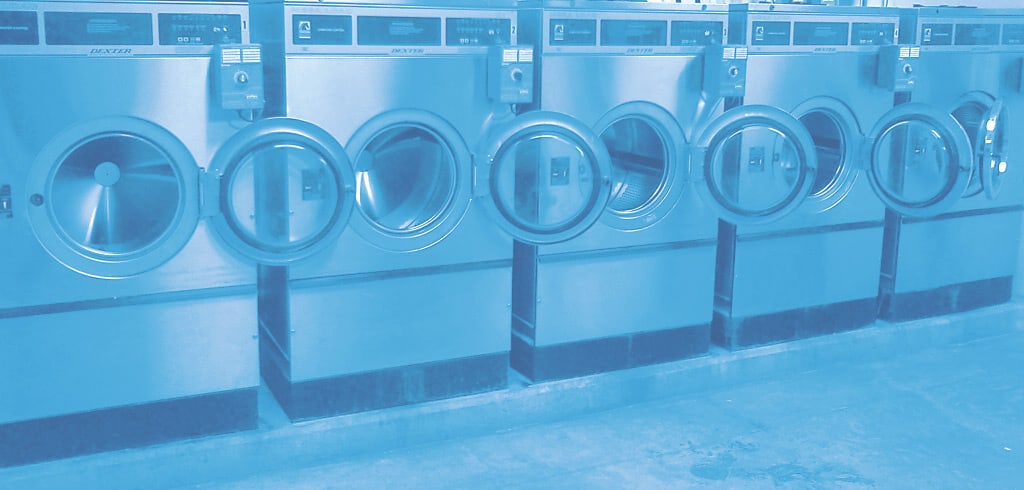Dry Cleaning with Hudson Chemicals
Why do they call it Dry Cleaning anyways?
Most people think Dry Cleaning is some magic process with powder or they simply have no idea what it really means. Please allow us to de-mystify.
Dry Cleaning uses “Dry Solvents” to clean clothes. A dry solvent looks like water, but in reality it is a chemical that contains zero water in its virgin state. Thus… “dry”.
The dry cleaning solvent is usually contained in tanks at the base of a dry cleaning machine. Imagine a dry cleaning machine as just a large standard clothes washer, but instead of being hooked up to a water line, it’s hooked up to a tank of solvent. The solvent is pumped into the wash wheel or drum just like water, and the drum rotates back and forth just like a front-load washer creating mechanical action to clean the garments.
Then this is where the difference is: the solvent passes over filters as the machine operates to keep the solvent clean and remove lint from the garments. Detergent and sizing are pumped into the wash wheel to help remove as many spots as possible.
Some machines have a still. Not unlike a moonshine still, the still vaporizes used solvent and then passes through a cold water coil to condense it back into pure, distilled solvent to be reused over and over. The water in traditional laundry goes down the drain, but Dry Cleaning machines purify and clean its own solvent via filters and distillation to lessen their environmental impact.
There are several different solvents available around the laundry industry. Please feel free to reach out and ask us what we recommend to use prior to purchasing anything, as there can be benefits and drawbacks to all of them. We are here to help and inform!


Spotting and Spot Removal
Spotting is the art of stain removal. It is accomplished with tools of the trade, a spotting board that uses steam or water air, and vacuum. We provide spotting training to help you master this art. We created and host a 2-hour course, available for only $500.00. Contact Us for more information on our spotting courses.
Ongoing training and consultation is recommended to review lessons and learn advanced techniques especially when using Oxidizing or Reducing Bleaches and Enzymes.